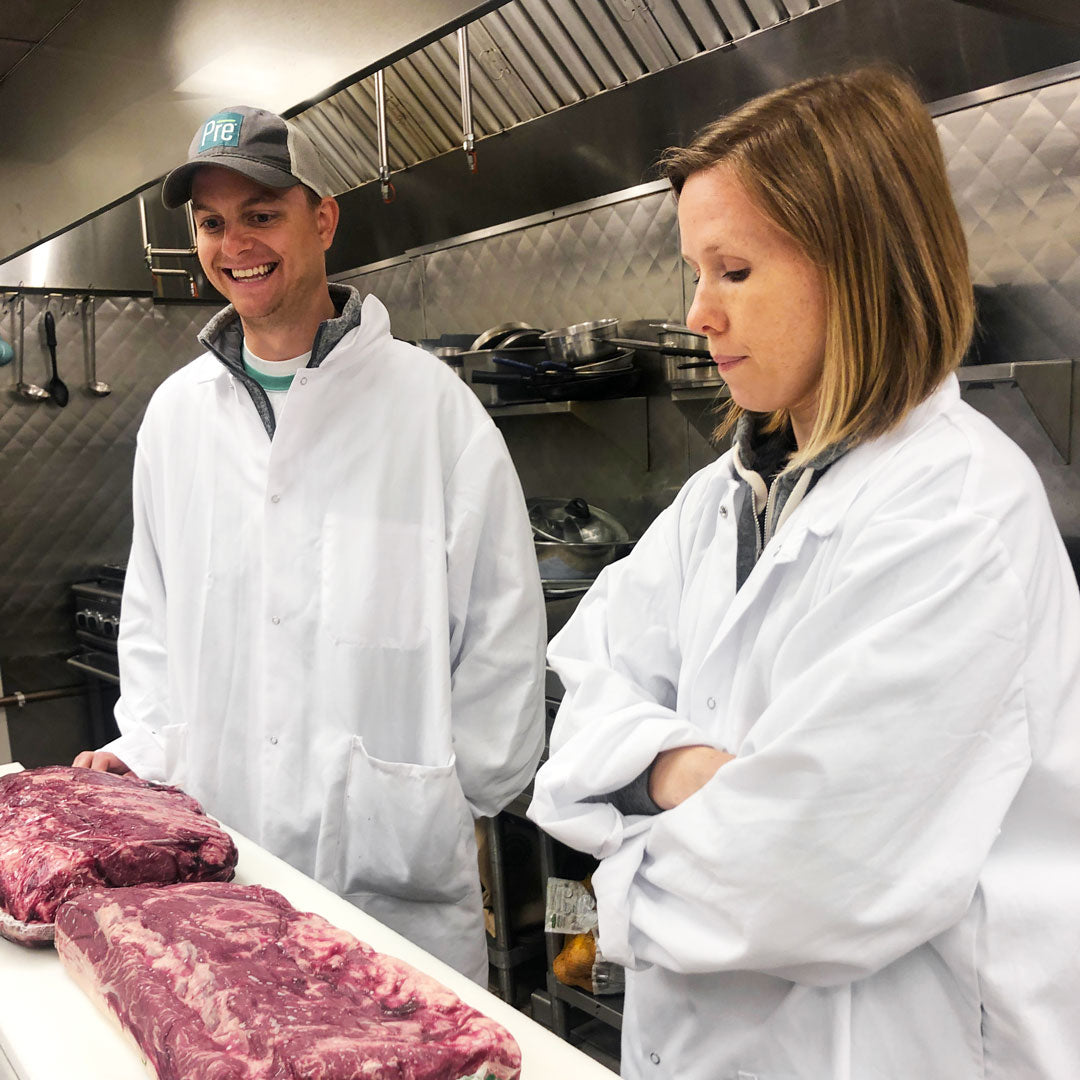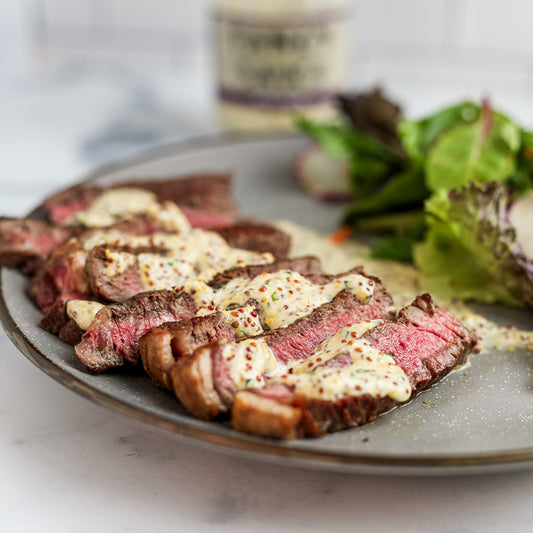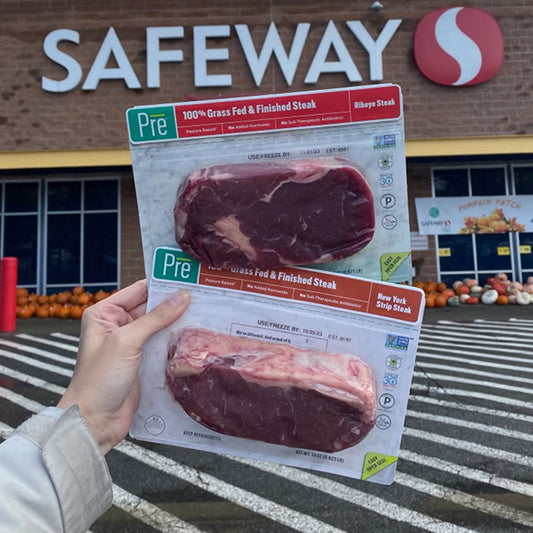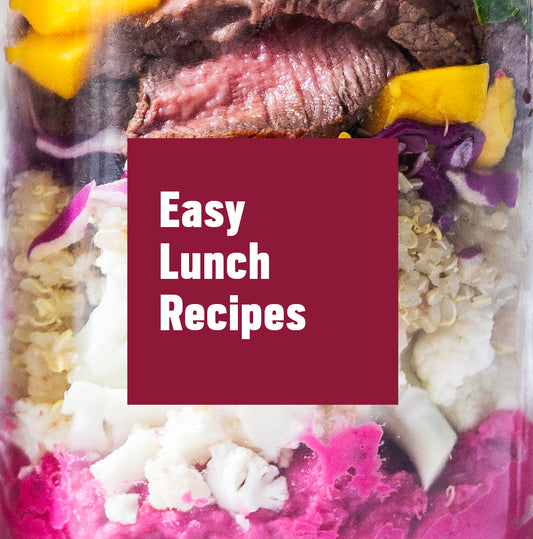
Difference between Wet Aging and Dry Aging Beef
Pre BrandsA term often thrown around in the culinary and beef world is “aging”. The waiter at a steakhouse may tell you, "This cut of beef has been dry-aged for flavor and tenderness." Others will tell you their steaks have been wet-aged for, again, flavor and tenderness. Both aging methods will result in a delicious steak. One is not superior to the other, it just depends on how the beef will be used in the end. Both can be served by candlelight accompanied by a glass of red and a view. The difference will be price, taste, and whether you are at a restaurant or your own kitchen table.
We use the Wet Aging method at Pre®.
Wet aging means that the aging process happens at refrigerated temperatures, usually around 28ºF to 35ºF, in a vacuum-sealed bag. No oxygen is in the bag for the aging period. The beef ages in its natural juices. The enzymes in the beef allow it to tenderize and build up all the flavor.
By the time we open these bags and cut the beef into steaks, they are flavorful, tender and delicious and ready to eat at home. Our beef ages for at least 4 weeks. Since we source our beef comes from New Zealand and Australia, the wet aging process happens while it is on a sea freight boat crossing the ocean.
The best way to transport Pre beef to the United States is by shipping the product on sea freight container ships through the Panama Canal all the way to the port of Philadelphia, PA. The total journey takes four weeks from the time the ship leaves Australia and New Zealand until it docks in Philadelphia. That may seem like a long time to bring over our refrigerated beef, but because Pre is wet-aged, it actually works to our benefit.

Beef needs to age at least four weeks, held at the proper temperature, in order for the muscle fibers to break down and become the tender beef that we strive for. The long journey across the Pacific Ocean is just the right amount of time for our product to wet age to perfect tenderness.
Once the beef arrives at our production facility, it is hand-trimmed and cut into individual steaks. It is then packaged and vacuum-sealed as individual steaks to sell in stores!
The second form of aging is Dry Aging.
This type of aging is often used in restaurants and foodservice. It all starts out the same way. The packers will get the product in the vacuum-sealed bag. They open them up and put them onto open racks in a controlled room.
The room is equipped with heavy airflow and the temperature and humidity of the room are usually regulated and controlled. This method draws out all the moisture in the beef which develops a nuttier flavor that is more common in steakhouses than for home cooks.
Since all the moisture is drawn out of the beef when dry aging, the cost per pound goes up. Wet aging allows us to have a lower price point for our consumers while still delivering on taste and quality.
Bottom line, both methods work well for adding tenderness and flavor. We chose to use wet aging to extend shelf life and have a fair price for our consumers. It also hasn’t let us down on taste or tenderness yet.
Wet Aged and Confused | Episode 3 | Wet Aging vs. Dry Aging



